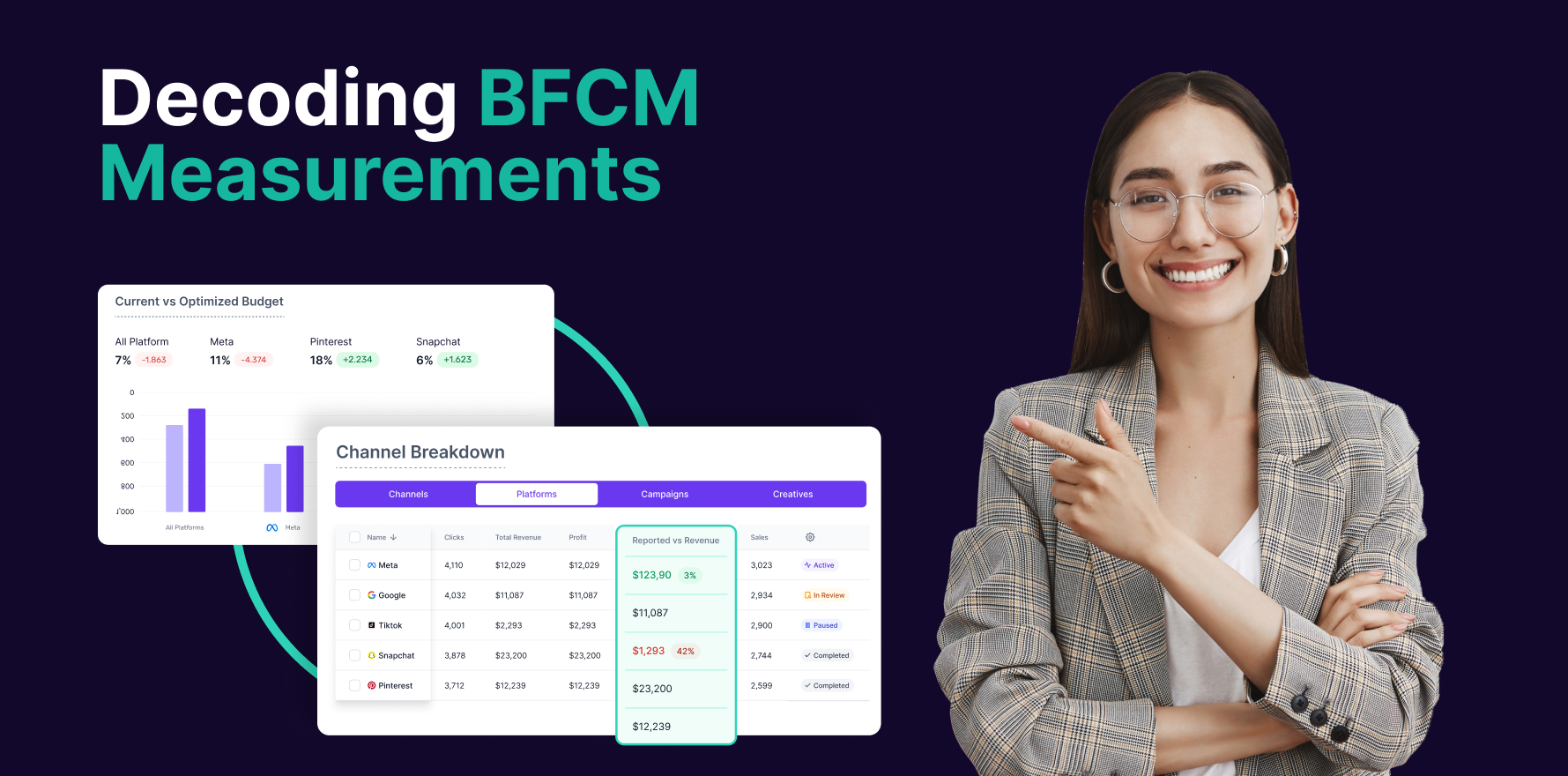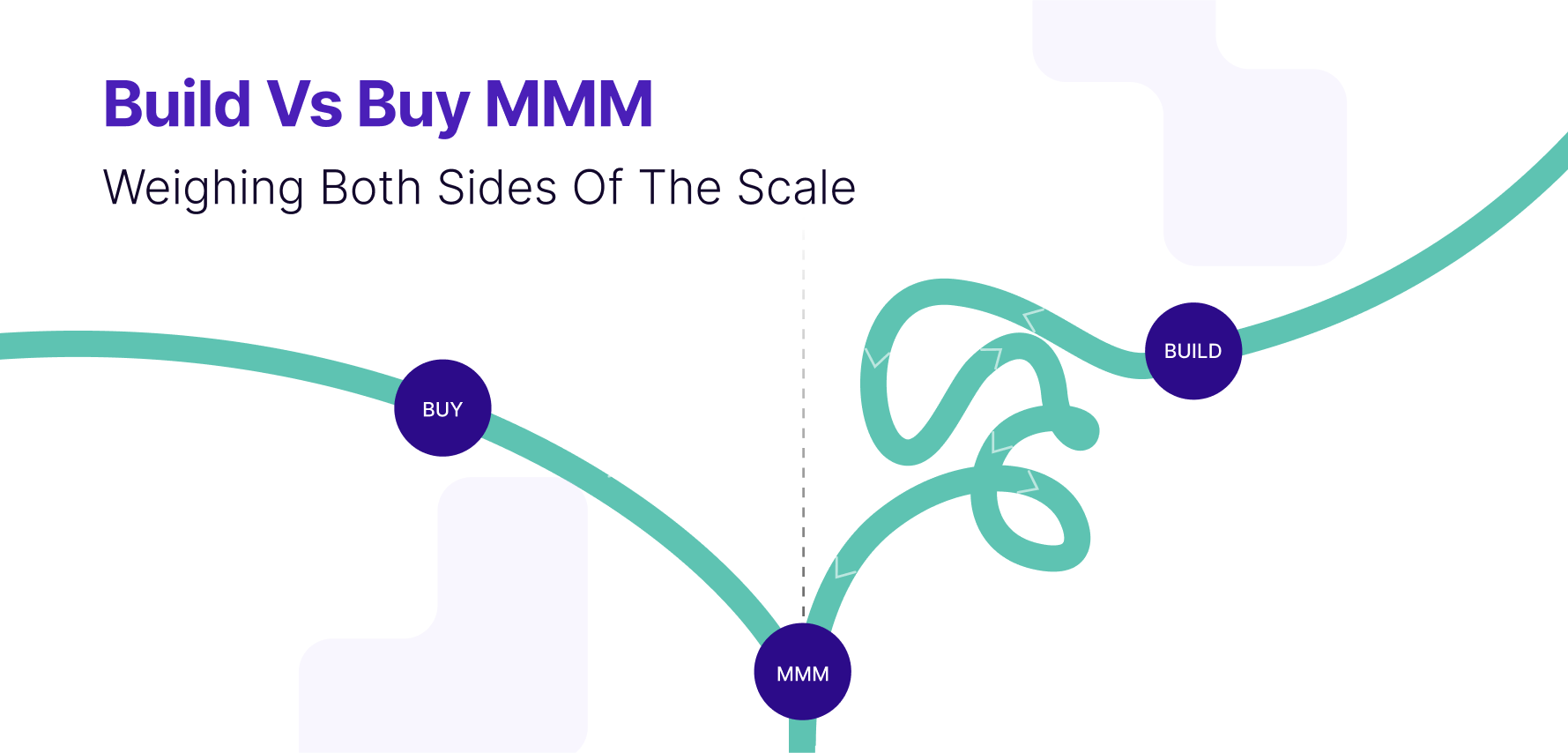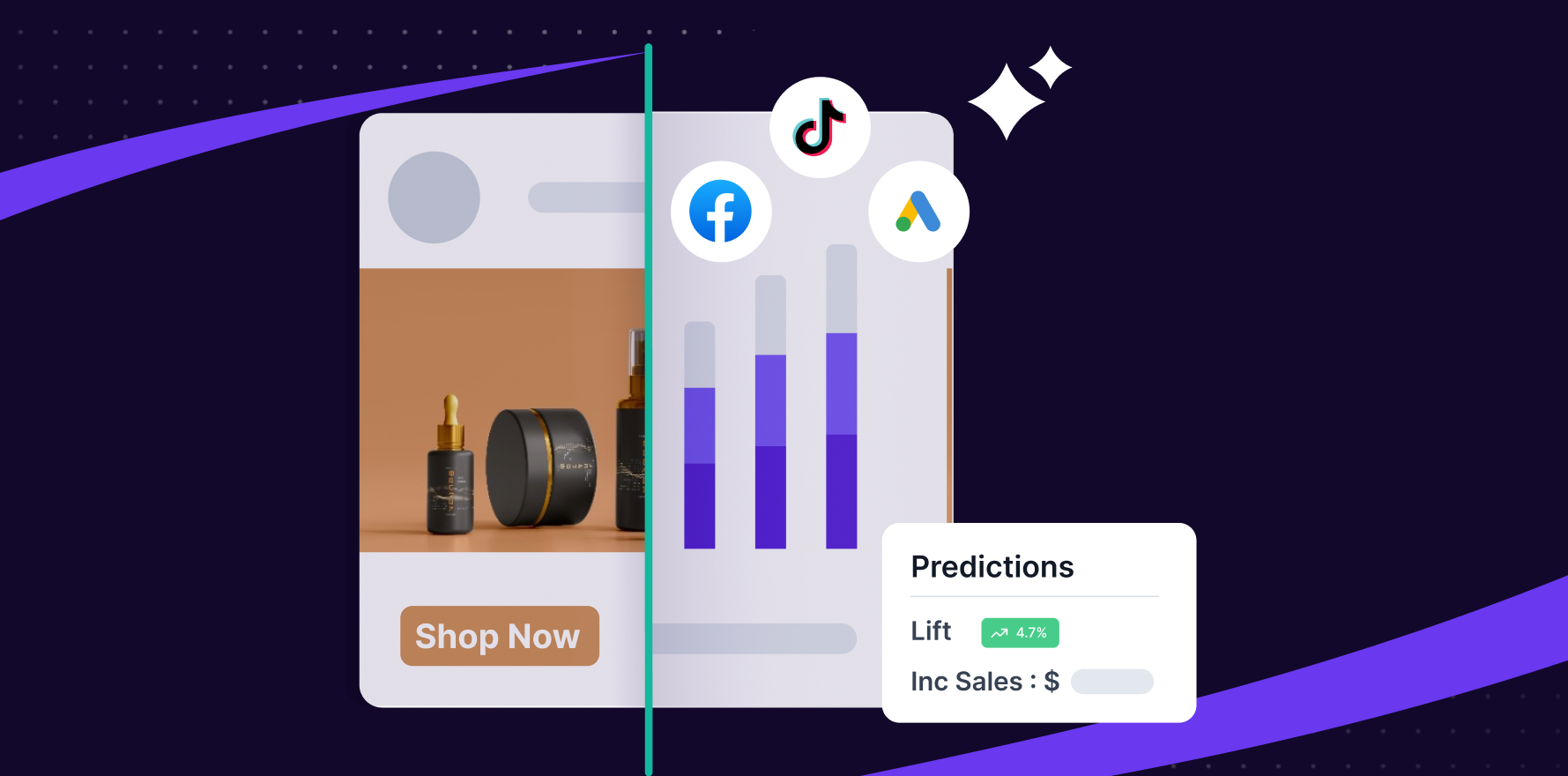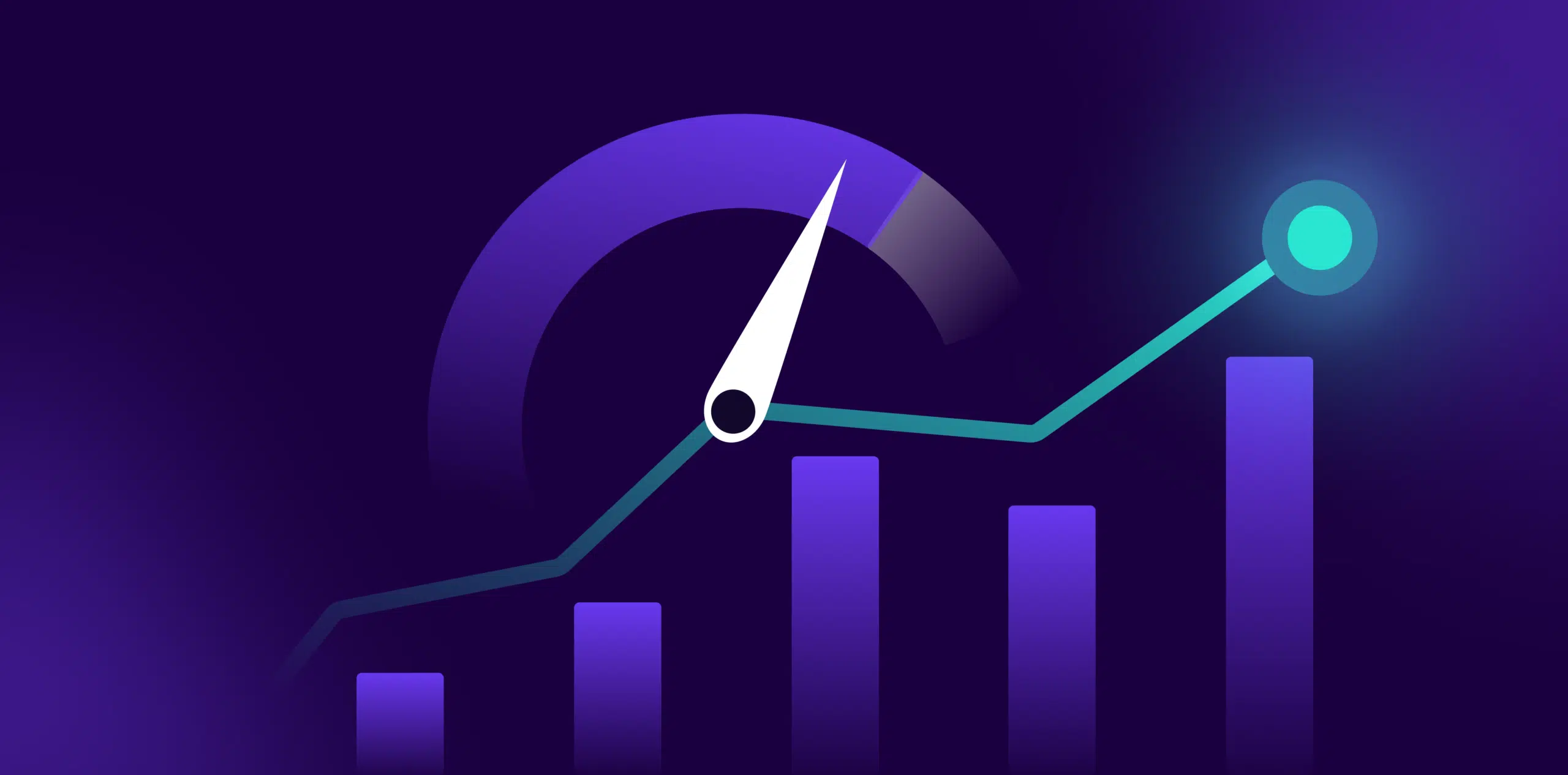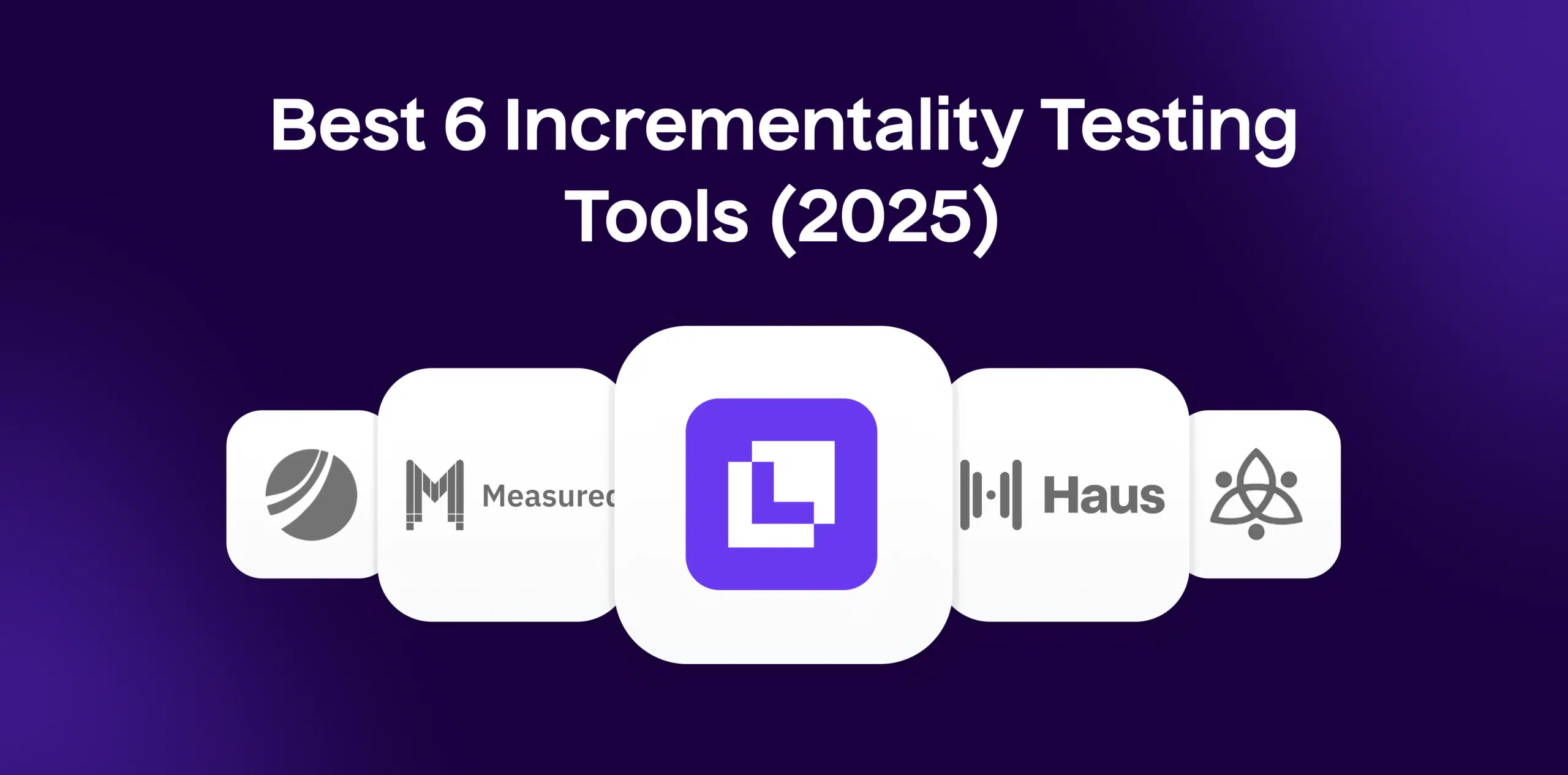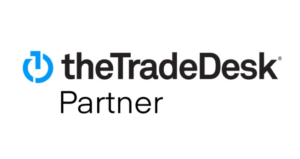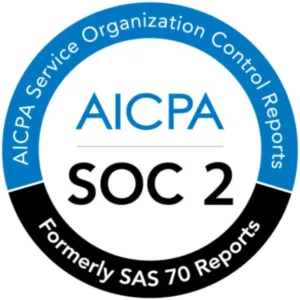What is Churn Revenue Rate?
Churn Revenue Rate, a crucial parameter in eCommerce, reflects the proportion of revenue that is lost due to customer churn or attrition. It is often used as a gauge of customer satisfaction and the success of customer retention strategies. Simply put, it provides insight into the economic impact that customer turnover has on a business, in terms of revenue loss.
Formula
Churn Revenue Rate = (Churned Revenue / Total Revenue at Start of Period) * 100%
Example
Consider an eCommerce business that started the month with $5000 in revenue. By the end of the month, the business has lost customers who contributed $1000 to that initial revenue. The Churn Revenue Rate would be (1000 / 5000) * 100% = 20%.
Why is Churn Revenue Rate important?
Churn Revenue Rate gives businesses a sense of their profit trajectories and the effectiveness of their customer retention and acquisition strategies. High churn revenue can sabotage a firm’s scalability while applying pressure on acquisition to compensate for lost revenue.
Which factors impact Churn Revenue Rate?
- Poor customer service
- Low-quality products
- Insufficient communication and customer engagement
- High prices
- Lack of a strong customer loyalty program
How can Churn Revenue Rate be improved?
- Improving product quality
- Advancing customer service
- Building customer loyalty through attractive loyalty programs
- Personalizing customer experiences
What is Churn Revenue Rate’s relationship with other metrics?
Churn Revenue Rate is closely connected to other eCommerce metrics like Customer Lifetime Value (CLV) and Customer Acquisition Cost (CAC). High Churn Revenue Rate might bring down CLV and place more emphasis on the CAC as businesses will be forced to invest more in acquiring new customers to replace the churned ones.
Free essential resources for success
Discover more from Lifesight

